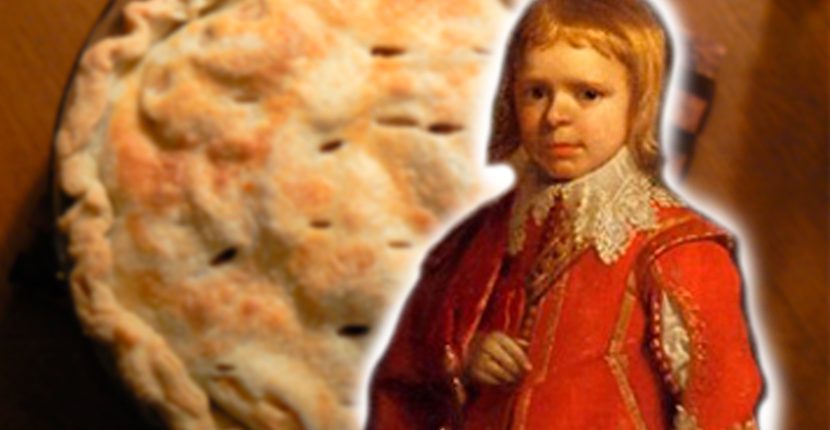The real life story of Sir Jeffrey Hudson, the court dwarf of Queen Henrietta Maria, can perhaps be compared to that of Tyrion Lannister of Game of Thrones.
He was called a “rarity of nature,” and became a court entertainer. Later, he would be a voyager, a warrior and a slave. He was captured by pirates; he fought in the English Civil War; and he won in a duel with a full-size man.
But perhaps the most remarkable detail of Jeffrey Hudson’s life is how he grew 22 inches while living as a slave in North Africa.
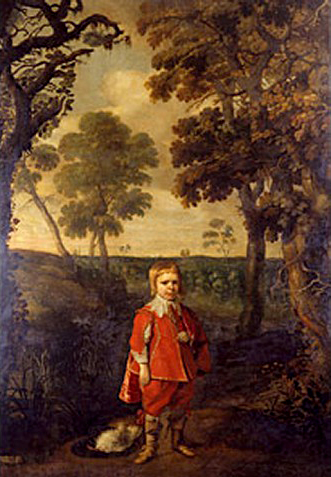
The details of his story can be found in the book Lord Minimus: The Extraordinary Life of Britain’s Smallest Man, where author Nick Page starts with the tale of Hudson’s birth on June 14, 1619, in Oakham in Rutland, England.
Hudson was one of five children — his siblings all grew at average height, but Jeffrey showed signs of a growth hormone deficiency from a young age.
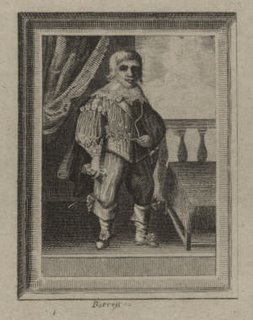
In 1626, on his seventh birthday, standing only 18 inches tall, he was presented as a “curiosity” to the Duchess of Buckingham who took him into her household.
It was a custom of European courts of the time to keep little people for amusement, and the oddity of their childlike appearance and a grown man’s wit attracted kings and aristocrats alike.
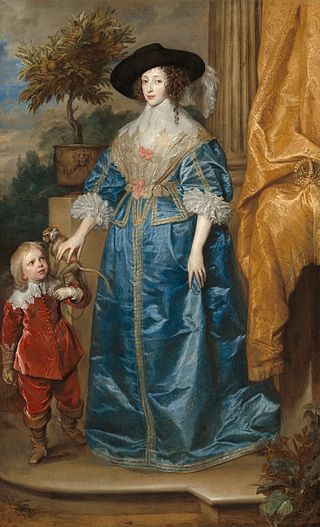
Later the same year, he was presented to King Charles I and his consort, Henrietta Maria, in London. While enjoying the lavish company of the royal couple, the Duchess of Buckingham planned an entertaining surprise. Jeffery was hidden inside of a large pie which was to be served at the time the party reached its peak.
Once the pie was placed in front of the king and queen, Jeffrey broke through the crust, dressed in a knight’s armor made especially for him.
The queen was apparently so amused and impressed by this that she invited Hudson to London as a part of her eclectic entourage. That’s how Hudson became a resident of Denmark House in London (modern day Somerset House.)

Life within the walls of Denmark House wasn’t as glamorous for Hudson as one might think. Back then, little people were treated no better than pets, as their size was interpreted as a subhuman characteristic.
He was in the company of two other curiosities, a monkey named Pug, and a Welsh porter named William Evans, who was reportedly a man of such excessive growth that he was labeled a giant.
Hudson and Evans developed an act in which the Hudson would emerge from the giants pocket along with a loaf of bread, which he would later use to make a sandwich.
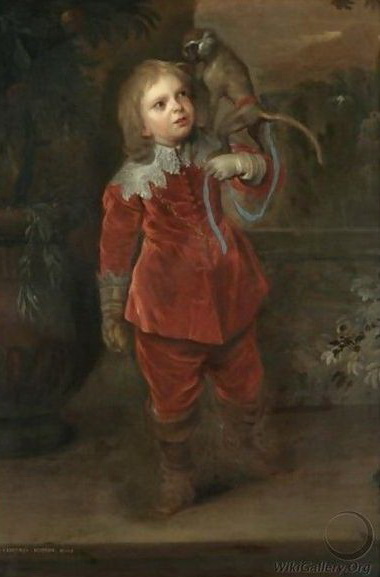
During this time, people began to write poems and narratives about him. According to author Nick Page, many of these poems explicitly stated that he was only famous because of his size and remarkable proportions.
But three years later, the ten-year-old became part of a much bigger world. In 1630, he was sent to France on a mission to bring the queen a midwife to aid in the delivery of her firstborn.
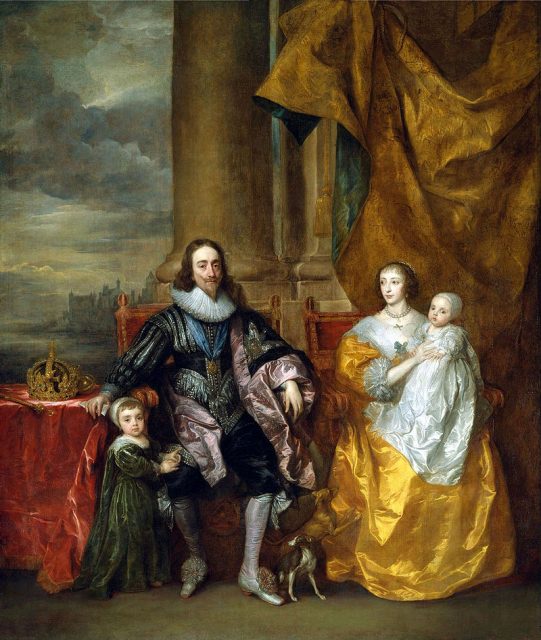
But the return journey was a treacherous one. Dunkirk pirates captured and plundered the ship before finally releasing the crew. This was the first of many times that Hudson would be taken captive on the open sea.
Seven years later, Hudson took his second trip across the English Channel. This time, he traveled with his fellow courtiers to the Netherlands to witness the Dutch in their attempt to drive out the Spanish.
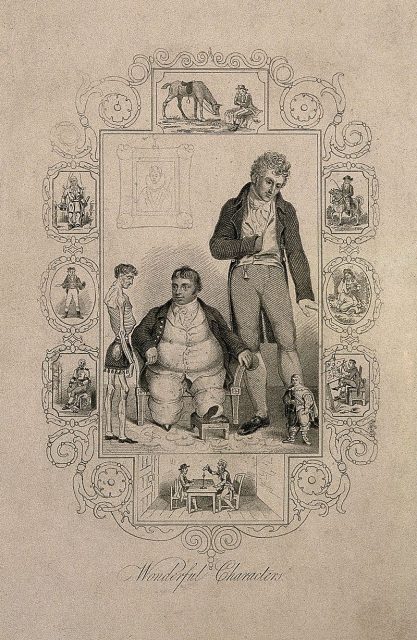
In 1640, as the English Civil War was brewing, Hudson traveled again to the Netherlands with Queen Henrietta Maria. Their mission was to raise money to support King Charles and the royal army. While the queen did manage to sell some belongings, she failed to gain the support of the Protestant Dutch government.
When Hudson and the royal consort returned to England, they found themselves in the middle of a Civil War. As they joined the Royalist forces at Oxford, Hudson was appointed a “Captain of Horse” by Henrietta Maria.
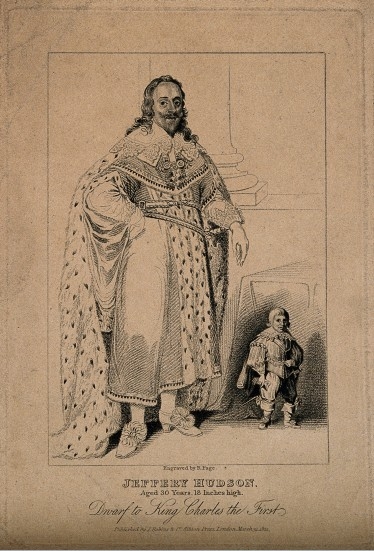
No record exists of whether Hudson fought or commanded his own fleet. But historians have uncovered evidence, in letters written by Henrietta Maria that Hudson was a skilled horseman and a crack shot with a firearm. In 1634, as the war worsened, the queen returned to her home in France with Hudson and the members of her house. This would mark a grim turning point in Jeffrey Hudson’s life.
Related Video:
https://youtu.be/A4lyl_MMb0k
Having grown weary of being known only for his novel size and proportions, Hudson started to look for other ways to prove himself worthy of fame. In October 1644, Hudson challenged one of William Croft’s brothers to a duel. A quote from The Letters of Henrietta Maria recounts this event in detail:
“The giving cavalier [Croft] took no firearms, but merely a huge squirt, with which he meant at once to extinguish his small adversary and the power of his weapon. The vengeful dwarf, however, managed his good steed with sufficient address to avoid the shower aimed at himself and his loaded pistols, and, withal, to shoot his laughing adversary dead.”
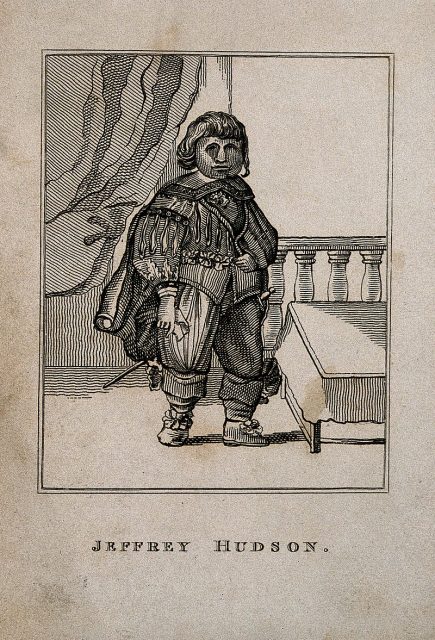
Since dueling was illegal in France, Hudson was sentenced to death for challenging and killing Croft. But the queen intervened on his behalf, and he was exiled to England instead. Months later, he was captured by Barbary pirates off the coast of France, who then sold him into slavery in North Africa.
Little information exists about this time in his life, but it must have been a grave contrast from the life he was used to living in the service of the Queen.
Hudson spent 25 years in slavery, and according to the 1885 Dictionary of Natural Biography, claimed to have grown 22 inches as a result of the “buggery” he was subjected to. Sir Jeffrey Hudson was eventually rescued by the English and brought home, only to be thrown into Gatehouse Prison in 1676.
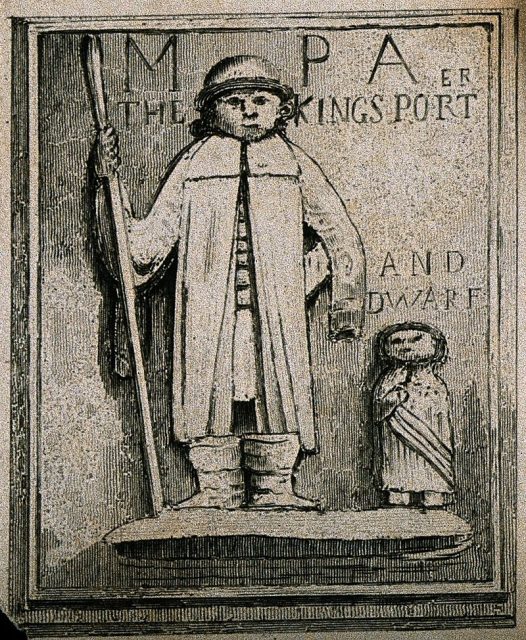
Little information exists about the charges that landed him in jail, other than it was due to his Catholic religion at the height of the anti-Catholic sentiment in England.
Hudson’s life story would be most definitely lost if he hadn’t been interviewed by an antiquarian named James Wright who decided to make a little chronicle about this interesting little man.
He spent 14 years in jail before being freed in 1679. In 1680, Sir Jeffrey Hudson died of unknown causes and was buried in an unmarked pauper’s grave.
